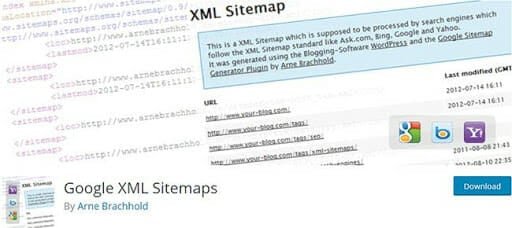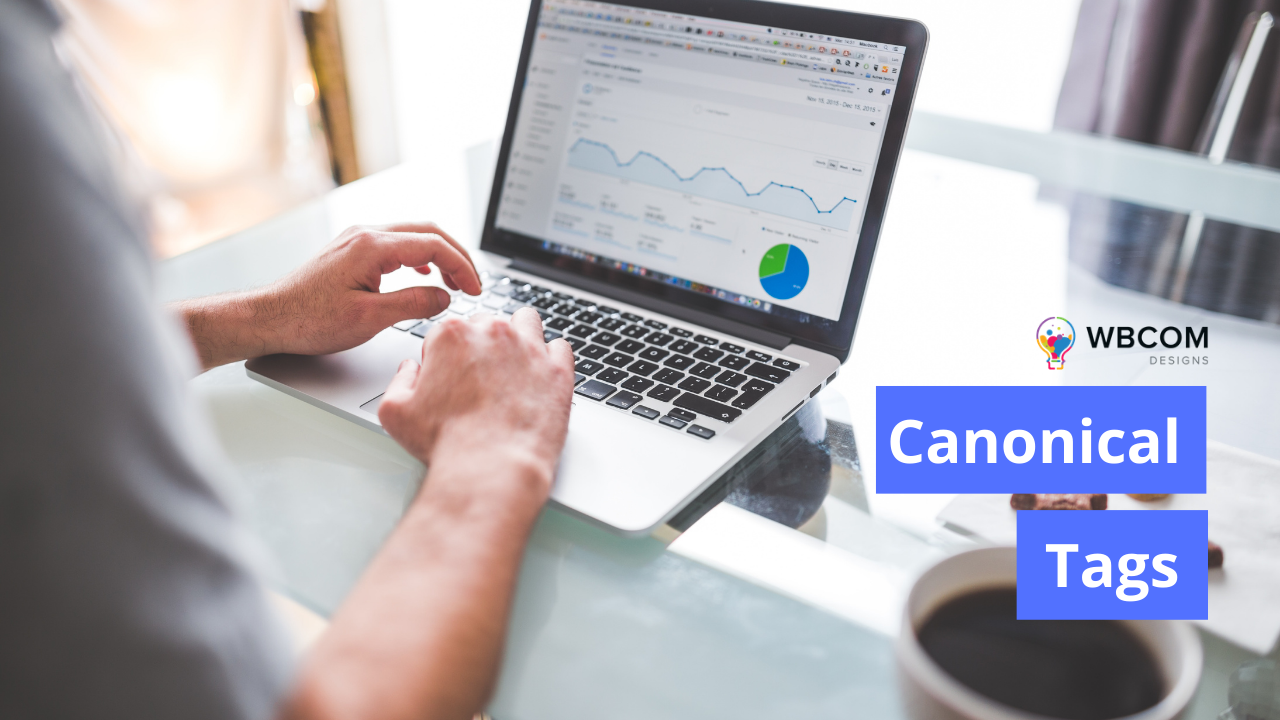Search engine optimization is critical for every website, especially one that sells products. Having canonical tags and URLs for your client’s website is crucial for avoiding SEO penalties from major search engines. They assist in distinguishing between URLs that lead to the same content or page and can provide insight into which URLs share content.
Table of Contents
ToggleWhat is a Canonical URL?
The canonical tag (or rel=canonical) is a short piece of HTML code to aid search engines in distinguishing between sites that are essentially the same. The canonical tag is used in search engine optimization to direct Google to a specific page version, consolidate link equity from duplicates, and facilitate better crawling and indexing of a website.
What is a Canonicalised URL?
A canonicalized URL has a canonical tag but redirects users to a different URL (the canonical URL). You can improve your search engine rankings by asking Google to index an alternative URL instead of the page’s URL, which is specified in the canonical tag. The authority signals gathered from the redirected URLs are combined and given preference to the canonical URL.
Why does canonicalization matter?
Intricacies of duplicate content aside, when search engines encounter many URLs with the same (or nearly identical) material, it can lead to several SEO issues. First, if search engine spiders have to go through many duplicates, they cannot find all of your original work. The second issue is that extensive duplication might weaken your search engine rankings. Last but not least, even if your material ranks, search engines may mistakenly attribute it to the incorrect URL as the “original.” Reducing duplicates is a breeze when you use canonicalization.
When Should You Use Canonical Tags?
In this respect, the subject seems to become somewhat ambiguous. To simplify the answer, we have compiled the most common situations where using a canonical tag could benefit your site and overall SEO. However, many SEO experts have views and opinions on this, and it is not quite clear which strategy is 100 percent, without a doubt, the best to take.
1. Duplicate content
This is one of the things on which there is universal agreement. Wherever you see duplicate material on your site, you should insert a canonical tag.
2. Similar content

The goods in your online shop are relatively similar, but there are a few key distinctions between them. Most search engine optimization specialists agree that canonical tags should be used here. This will assist Google and other search engines in prioritizing the primary product page, giving it more weight in search results and perhaps increasing your ranking.
3. URL parameters- Canonical Tags
URL parameters are frequently disregarded, but I believe they are crucial to include and pay close attention to. It is simple to monitor the efficacy of a campaign and assign a URL to a specific goal when you use tracking parameters. Every new parameter added to the root URL signals to search engines that two distinct pages have been established, which can harm your search engine rankings. Having the home page be the de facto canonical page will aid in fixing this.
Canonicals that refer to themselves have been the subject of much discussion, but Google has declared that they should always be used. This means that all pages, whether or not they contain a duplicate, should have a canonical tag added. Put in a canonical tag for page a if you have it. When there are several possible entry points to your URL, this is also useful.
How to Add Canonical Tags to Pages
Adding canonical tags may be done in several methods; the one you choose will likely depend on your hosting platform and, more importantly, the preferences of you and your team’s developers. See how Google recommends you set the canonical page in this post.
1. Add Link Tags within <head> of HTML
The <link> element in the HTML document’s head is the most typical place to put a canonical tag.
Canonical link> tags, like HREFLANG tags, need to have the “canonical” value for the “rel”(relationship) property, as seen below:
<link rel=“canonical” href=”https://www.exyz.com/Phase1/” />
2. Add a canonical HTTP response header
Search engine crawlers support canonical directives in HTTP response headers; however, they are seldom utilized.
This is usually the best option when the URL in question is not an HTML page, such as a PDF file.
This example from Google’s canonical guidelines shows how to add canonical HTTP response headers:
Link: <http://www.exyz.com/downloads/white-paper.pdf>; rel= “canonical”
3. Canonical URLs should be marked on XML sitemaps

XML sitemaps are “suggested as canonicals” or “pages you consider most important on your site,” as stated by Google’s recommendations.
Sitemaps are frequently the most straightforward and reliable approach to identifying desired material for crawling on big websites; however, search engines may not always choose all URLs as canonical.
It is crucial to ensure your sitemaps are “clean,” meaning they don’t contain any redundant or duplicate URLs since this is a best practice recommended by Google.
Also Read: How to Duplicate WordPress Pages or Posts? – A Beginner’s Guide
4. Canonical tag best practices
It’s not easy to avoid duplicate content concerns altogether; however, these are some practices to follow:
Canonical tags can be self-referential
A canonical tag that references the current URL is OK. To rephrase, you may place the tag linking to the canonical version on URL X if URLs X, Y, and Z are all duplicates and X is the canonical version. This may seem like a no-brainer, yet many people get it wrong.
5. Be careful canonicalizing near-duplicates
Most people picture carbon copies when they think about canonicalization. Use caution when using the canonical tag for sites almost identical in content. Canonical tags are acceptable for virtually identical sites save for minor details like currency, location, or product attribute; this is a contentious issue that has been the subject of many discussions. Keep in mind that search engines could overlook the tag if the pages are too dissimilar from one another and that the non-canonical copies of that page might not be suitable for ranking.
Initiate the process of canonizing your homepage
It would be best if you placed a canonical tag on your homepage template since copies of your site are widespread, and people may link to your homepage in various ways that you have no control over.
Avoid mixed signals
Search engines may ignore or misinterpret your canonical tag if you transmit conflicting signals. Avoid making a canonicalization cycle of pages A and B. As an analogy, you shouldn’t 301 redirect page B to page A after canonicalizing page A to page B. When possible, you should also avoid using a series of canonical tags (A->B->C->D) in a chain. Don’t make search engines make poor decisions because of ambiguous signals.
Check your dynamic canonical tags for errors
The site may have written a distinct canonical tag for each URL variation due to faulty programming (completely missing the entire point of the canonical tag). Particularly on CMS and e-commerce sites, you should perform spot checks of URLs.
6. Canonicalize cross-domain duplication
The canonical tag can be used between domains if you have administrative access to both sites. Assume you work for a publishing house that regularly distributes identical material to six different websites. By specifying a single canonical URL, you may direct search engine traffic to that page alone. It’s important to remember that canonicalization will hurt the rankings of the non-canonical sites, so you should only utilize it if it makes sense for your business.
SEO Benefits of Canonical Tags

Primarily, canonical tags provide a rare opportunity to control how Google displays your site in search results. Although Google does not explicitly punish duplicate material, they value original, well-organized information, which canonicalization helps avoid. Last but not least, they let you offer information to people outside your website, which is excellent for backlinking and establishing your brand’s authority.
Interesting Reads:
What is Hreflang tags The Complete Guide







